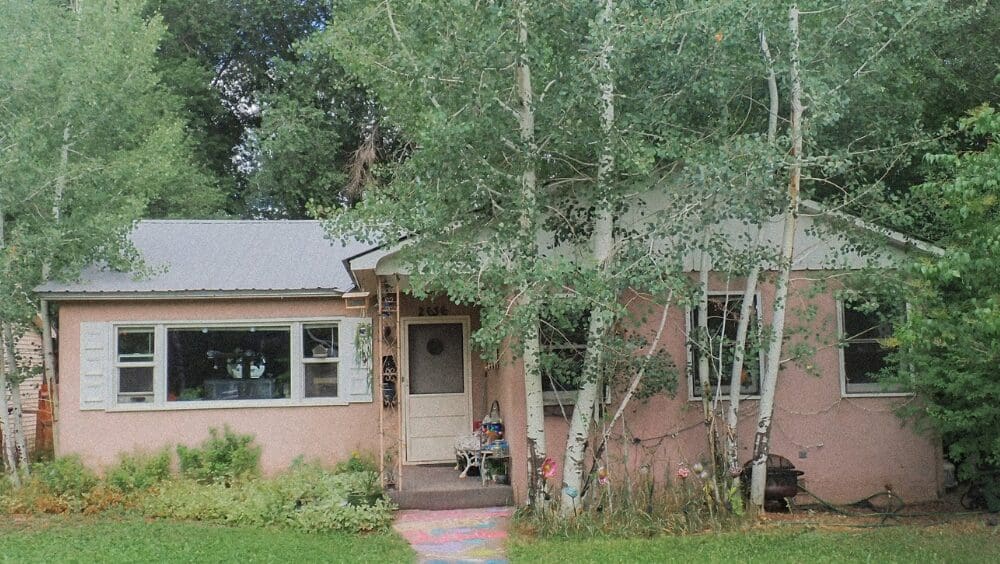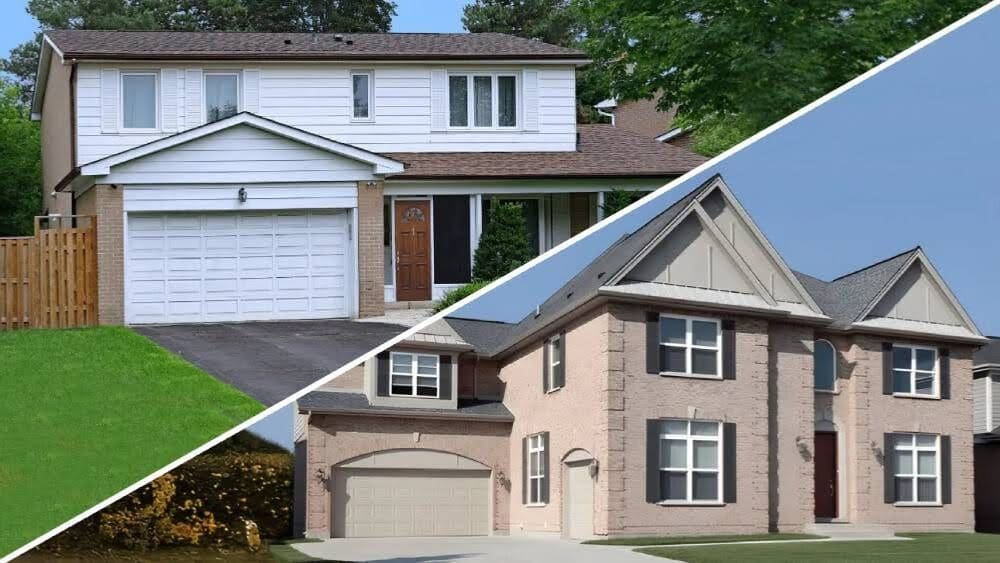
“How much is my home worth?” That’s the first question most homeowners consider when the time comes to sell. Luckily, unless you’re upside down on your mortgage, your home is probably worth significantly more than you paid for it. Across the U.S., residential property values are on the rise. The S&P CoreLogic Case-Shiller national home price index reported an increase of 6.2% in November 2017. In fact, the national housing index has seen gains of 5% or more over the previous year for the past 16 months. Many experts predict that home prices will continue to rise in 2018, which is good news for homeowners. Unfortunately, all of these positive home value headlines lead some sellers to have over inflated expectations. Then, instead of asking the advice of a top real estate agent, these sellers approach the list price decision with these mistaken assumptions: Some expect to get the same amount as friends who sold in other neighborhoods. Others believe they can add the full cost of upgrades on top of the home’s current value. And a few, who consider their home to be the best on the block, think that they can get as much as they want—especially in a seller’s market. Unfortunately, these common mistakes lead to overpricing and that can tank your sale even in the hottest real estate market. No matter how big the current buyer pool, overvaluing your home almost guarantees that it’ll sit on the market or sell for less than it would’ve had you priced it right in the first place. Michael J. Okun of Sotheby’s International Realty in Los Angeles, California, who ranks in the top 1% out of 37,499 seller’s agents, says: “A lot of sellers feel like there’s that one buyer out there that’s going to pay way over market value for their home. But that just doesn’t exist. Even if a buyer falls in love with the home, they’re still going to be looking at the comps. No buyer wants to overpay.” The root of the overpricing problem lies in the fact that you—like most homeowners—love your home. When you’re emotionally attached, it’s easy to forget that pricing your home to sell is a business decision, not a personal one. The best way to set emotion aside when pricing is to go into the process with a clear understanding of the factors that affect your home’s value. There are any number of factors that affect home value, but some have a bigger impact than others. The top four are: location, comps, condition and updates. There’s more than one way to look at location when it comes to assessing its impact on house value. Your home’s proximity to amenities like schools, entertainment and even Starbucks can make it more desirable to buyers. Whether your home sits on a busy street corner or at the end of a quiet cul-de-sac can also raise or lower its value. But that’s not all. Facts that affect your neighborhood’s reputation, like economic and crime statistics, also need to be factored into your home’s value. The best agents also consider the larger market. According to the Federal Housing Finance Agency’s January 2018 report, while overall housing prices are rising, in some regions like New England and the Middle Atlantic regions, homes are actually worth significantly less than they were a year ago. Location also plays a role in determining which comps your agent will pull. Also known as comparables or comparable sales, comps refers to the prices of recently sold homes in your area. “When you pull comparables, you don’t want to go into a different zip code or cross a big boundary, like a freeway or a main boulevard. You want to pull tight comps—that will start to tell the story of the home’s value,” says Okun. Location is only one part of pulling the right comps. Your agent will also look for comps that most closely match the characteristics of your property, such as lot size, square footage, year of construction and number of rooms. When a home was last sold also plays a role. Ideally, you only want to look at similar homes that have sold in your area within the last six months. While your agent is pulling comps of recently sold homes, they’re also looking at your competition. The list prices of nearby available homes (and how many days they’ve been on the market) give a good indication of where your asking price should be set—but only if they’re in a similar condition. No two houses are alike, even if they have identical floor plans. Any repairs or refurbishments you make, like replacing an H-VAC system or replacing old carpeting, impact your home’s value. Your home’s condition has such a major impact on its value that some buyers will pay up to $15,000 more for a well-maintained home. If it’s not in good shape, your home will still sell, but you’ll have to list it at a lower price. You may even need to add an as-is clause into your sales contract. Aside from affecting its ability to entice offers from buyers, your home’s condition also factors into the appraisal. Appraisers evaluate the house’s appearance, repairs needed, visible deterioration and general wear and tear to place your home in one of the six property rating categories. Top agents make a similar assessment of your home’s condition as part of the pricing process. Your agent may even underestimate the condition quality to prevent overpricing. After all, your buyer may renegotiate the sales price or back out of the sale if your home’s condition leads to a low appraisal. If your home is in really bad shape, but you’re not willing to list at a low, as-is price, your realtor will likely suggest that you make updates. Call them repairs, remodels, renovations or upgrades, any updates you make to your home prior to selling will have a positive impact on its value. Similar to condition (in fact, appraisers factor updates into your condition rating), updates generally refer improvements made just prior to selling in order to increase the list price. Unfortunately, not all updates are equal. According to Okun, “It’s not a mathematical equation. It’s not what you bought the home for plus the money you’ve put into it and then it’s worth that. Certain renovations and remodeling projects have a better return of investments.” Many sellers discover too late that they won’t make back the full amount they invest in most updates. In its 2017 Remodeling Impact Report, the National Association of Realtors (NAR) found that the majority of remodeling projects that buyers want only offer a return of between 50-70%. That makes deciding which, if any, improvements to make a tricky task. It comes down to whether or not the cost of the update is worth the increase in your home’s value. According to Peter Clark, who ranks in the top 3% of 5,347 agents in the Portland, Oregon area: “We look at what we’re competing against in that price range to determine where we fall short. Statistics say the home is worth $425,000, but the seller wants $450,000. The discussion is, ‘Well, we can get $450,000 but you’re going to have to spend $35,000 to get that extra $25,000. Is that something you want to do?’” Once you’ve gathered all the fact and data that impact your home’s market value, you’re ready to determine the best pricing strategy for your property. Overpricing is a bad idea even in a seller’s market. As Okum tells his clients, “We as the seller set the list price, but the market determines the value. If a home is overpriced, it doesn’t take longer to sell, it just won’t sell until it gets to the right price.” But where overpricing will turn buyers off, underpricing has the opposite effect. In a buyer’s market, listing your home below market value helps it stand out from the crowd. Bargain hunting buyers are enticed to make offers on homes that are a good deal—as long as they’re not too much of a steal. If you go way too low, buyers may suspect that your home has major maintenance problems. Pricing too low in a seller’s market can also become a problem. Grossly underpriced properties in a hot market says that the seller is angling for an all out bidding war and that may scare potential buyers away. However, in most cases, moderately underpricing isn’t a major concern because the market dictates value. Sellers who list at just below the competitors, will spark a bidding war and competing offers will drive the price up to and above the current market value. Underpricing is also a good strategy when you want to expand your buyer pool. As Okun explains: “We want to be under a certain price point to get the most interest for the home. If you have a million dollar house, you don’t price it at $1.35 million or $1.25 million. You price it at $995,000 because then you capture every buyer looking up to the million dollar mark. You cast a much wider net and expose the home to a larger buyer pool.” While slightly underpricing is a strong strategy, it’s not the only way to go. If no one ever priced their home for more than recently sold comps, home prices would never rise, right? According to Okun, “This is a business of exceptions. Every home is so different. I don’t have an across the board, slightly underprice strategy. We don’t want to overprice and we don’t want to underprice, we want to price it right. And if we price it right, we’ll get more interest and more offers.” So how exactly do you determine the right price? Ask your agent. Before settling on a pricing strategy, your agent will do a Comparative Market Analysis (CMA) to evaluate recent and historical home sale trends in your area. Then they’ll assess the various factors like location, condition, updates and current competition before they recommend a list price. In some situations, your agent may even suggest listing for more than recent comps sold for. For example, if local comps are older than six months to a year old, if homes rarely come up for sale in your neighborhood, or if your property has unique or historic features, then listing slightly above market value may be the right pricing strategy. In a seller’s market, a home that’s priced right will get one or more offers within a few days. In cooler markets, you’ll get a number of showings within a few weeks and an offer within a few months. But there’s no need to leave the entire pricing process up to the agent. It’s always a good idea to get informed before agreeing to a list price. Well informed sellers research nearby home values, gather their financial and mortgage data, or check their homes’ estimated value online. With the assistance of a top notch agent and the reassurance of your own home value research, you’ll soon be ready to set the right list price for your home.4 Factors that Determine Your List Price
1. Location
2. Comps
3. Condition
4. Updates
Is Underpricing a Smart Idea?
How to Tell When Your Home Price is Right



